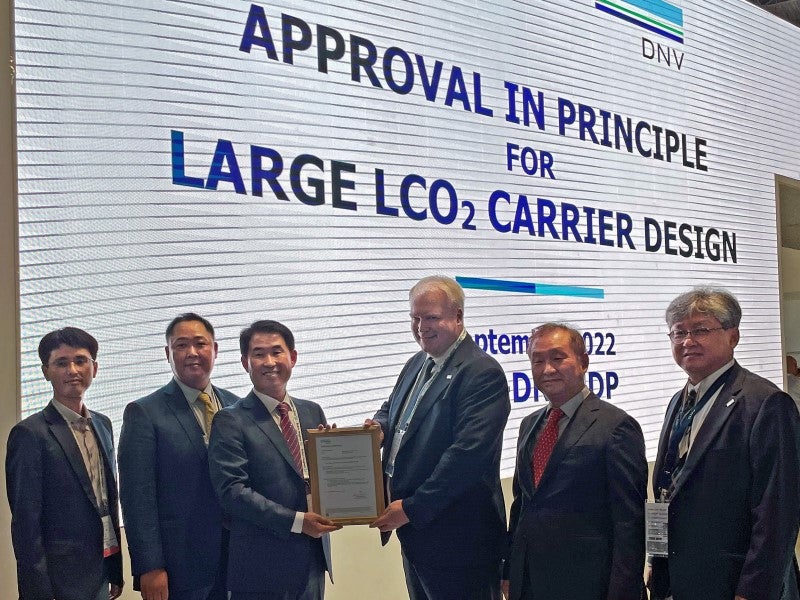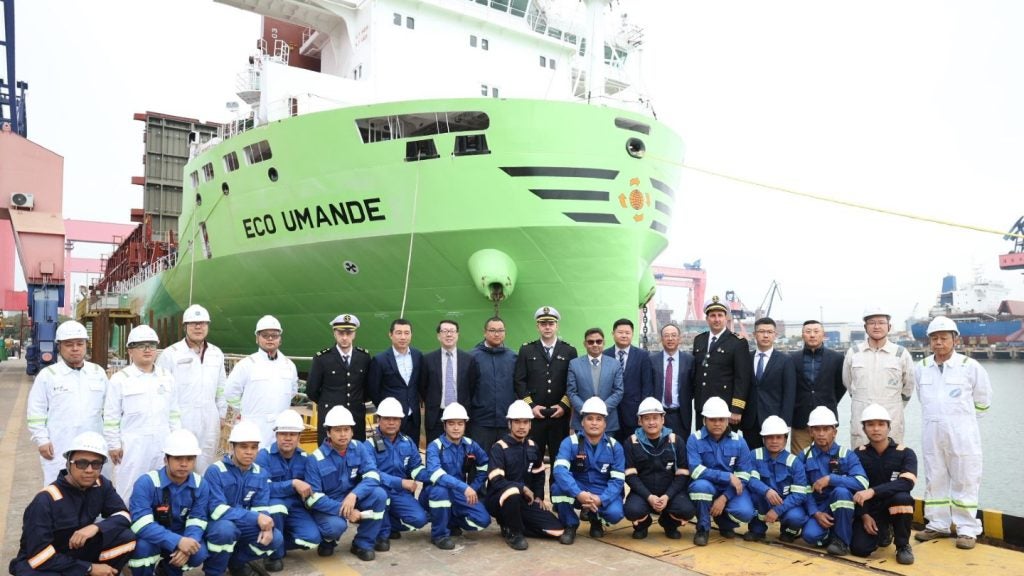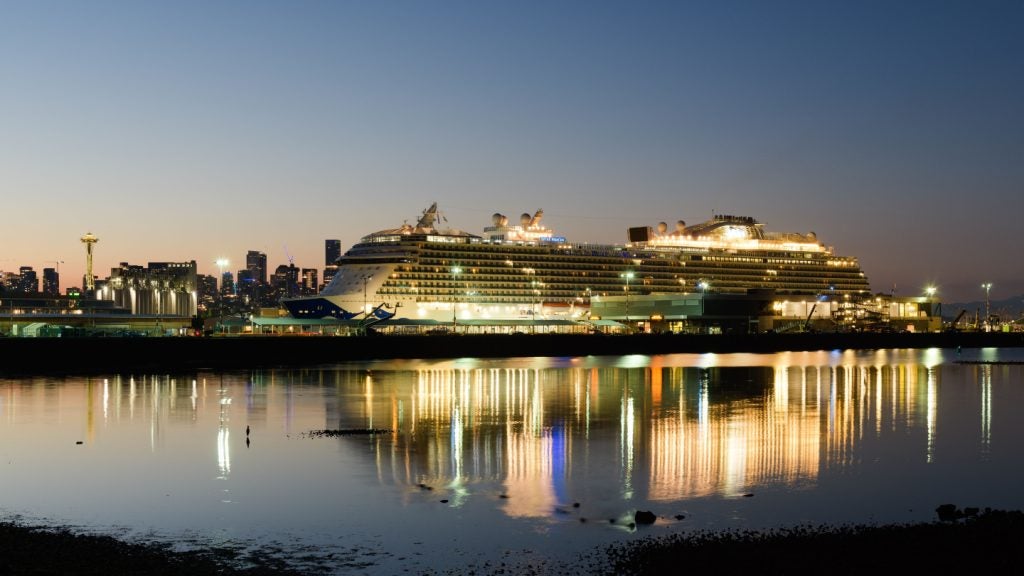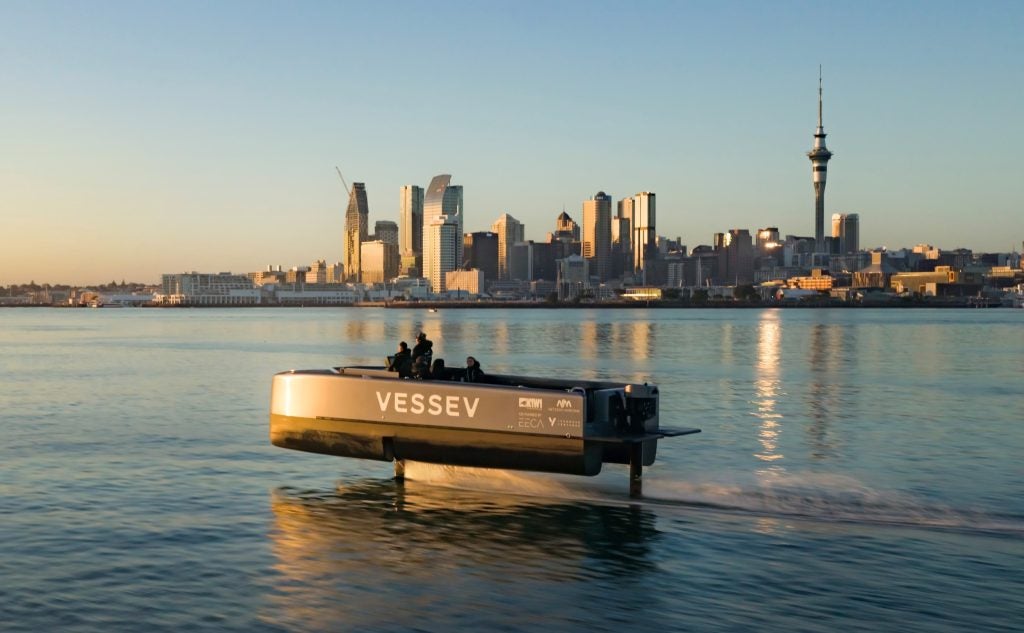
South Korea-based Samsung Heavy Industries (SHI) has secured approval in principle (AiP) from the Norwegian classification society DNV for the design of a new liquefied CO₂ (LCO₂) carrier.
The new carrier will feature customised large cargo tanks (pressurised International Maritime Organization (IMO) Type-C) as well as a cargo handling system with reliquefication technology.
DNV granted the AiP after evaluating SHI’s design against the needs of the IGC code as well as its own guidelines for CO₂ carriers.
SHI’s new system is anticipated to meet future large-scale CO₂ transportation demands, which are increasing due to the development of several carbon capture, utilisation and storage (CCUS) projects.
Featuring optimised cargo space, the ship will also use customised bi-lobe cargo tanks to improve its performance.
The reliquefaction system uses a refrigeration process enable to condense vapourised and compressed CO₂. The CO₂ is cooled and returned to the LCO₂ tanks after expansion.
How well do you really know your competitors?
Access the most comprehensive Company Profiles on the market, powered by GlobalData. Save hours of research. Gain competitive edge.

Thank you!
Your download email will arrive shortly
Not ready to buy yet? Download a free sample
We are confident about the unique quality of our Company Profiles. However, we want you to make the most beneficial decision for your business, so we offer a free sample that you can download by submitting the below form
By GlobalDataSHI shipbuilding sales engineering head and vice-president Young Kyu Ahn said: “We are happy to collaborate with DNV in this important design development and believe this AiP award demonstrates SHI’s readiness for the new LCO₂ shipping market that is coming from global decarbonization demands.”
Meanwhile, DNV has entered into a memorandum of understanding (MoU) with Daewoo Shipbuilding & Marine Engineering (DSME) for the development of a wind assistance propulsion system.
The partnership will focus on the development of wind-assisted propulsion systems for ships, including a rotor sail solution and fuel-saving device technology.
The main tasks include DNV’s Type Approval Design Certificate (TADC) and technical support for the future DSME rotor sail system.
The two entities will also carry out a study of a Wind Assisted Propulsion System (WAPS) on deep-sea vessels, such as LNG carriers and very large crude carriers (VLCC).







